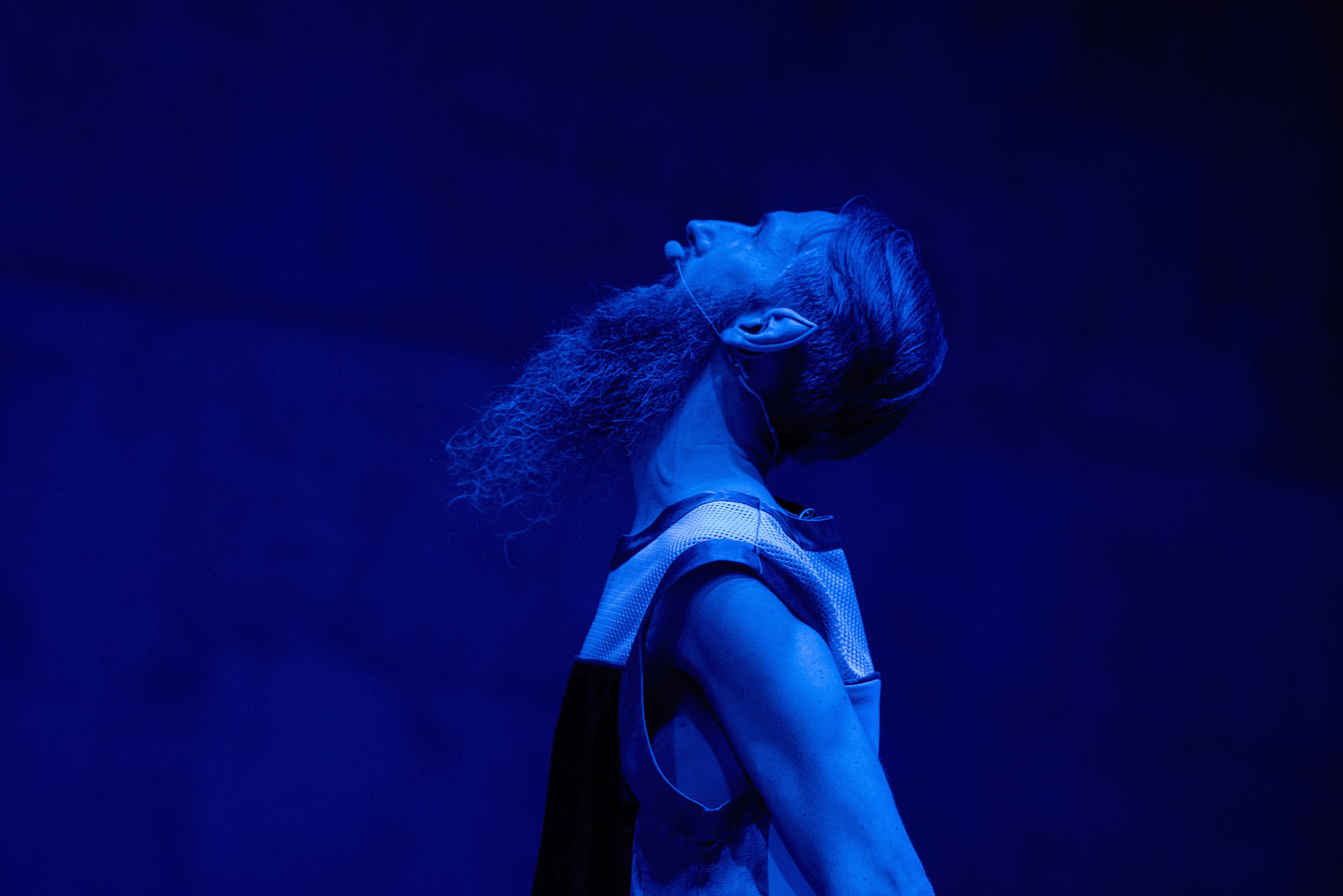More-than-rational

I use the term more-than-rational to help articulate my choreographic orientation to understanding the embodied relationships between different ways of knowing.
This artistic research understands knowledges and ways of knowing to be inherently plural, and to be differing yet entangled and ultimately complementary parts of an ecology of knowledges. Although my investigation of choreography and/as knowledge-generation is certainly interested in affirming that choreographic practices operate through and generate forms of knowing that are intelligent, this does not entail that it associates choreography exclusively with ways of knowing that are, for example, entirely conscious, explicitly communicable in language, characterised by rationality and logic, and fixed in form. While such qualities may arguably be most frequently or typically identified with knowledge and intelligence in many (especially Western, academic) cultural contexts, the embodied and choreographic perspective of this artistic research inherently understands ways of knowing to also take forms that exceed this limited set of associations. This artistic research acknowledges and centres the contributions of knowledges and ways of knowing that unfurl at the edges or outside of fully-conscious awareness, that exist in felt, implicit or tacit forms, that are more-than-rational or intuitive, and that are in motion. These are aspects of the particular forms of embodied knowing that this artistic research considers to be particularly active in environments of choreographic practice and performance.
Echoing the embodied cognitive science perspective of Guy Claxton, I understand more-than-rational modes to be an integral part of the process of the welling up of knowing and intelligence. Claxton emphasises that ‘intelligence pervades the body’ (2015, p.66) and that ‘an embodied approach to intelligence gives pride of place not to rationality but to sensibility’ (ibid, p.242) – that is, to bodily felt sense and intuition. Claxton also writes that ‘[consciously] unfurling meanings and decisions… have their origins in the darker, deeper, more visceral areas of the brain and body’ (ibid, p.7) – in the embodied process of the welling up of knowing, a deep interdependence exists between the activation of unconscious and felt forms of intelligence and the activation of conscious and languaged forms. From a perspective (whether choreographic or scientific) that foregrounds the embodied basis of knowing, felt sense modes of knowing are more-than-rational because they exceed and underlie rationality, logic and languaging.
READ MORE in Section 2 of my written thesis on All human knowing is embodied knowing: a choreographic orientation to knowledge-generation